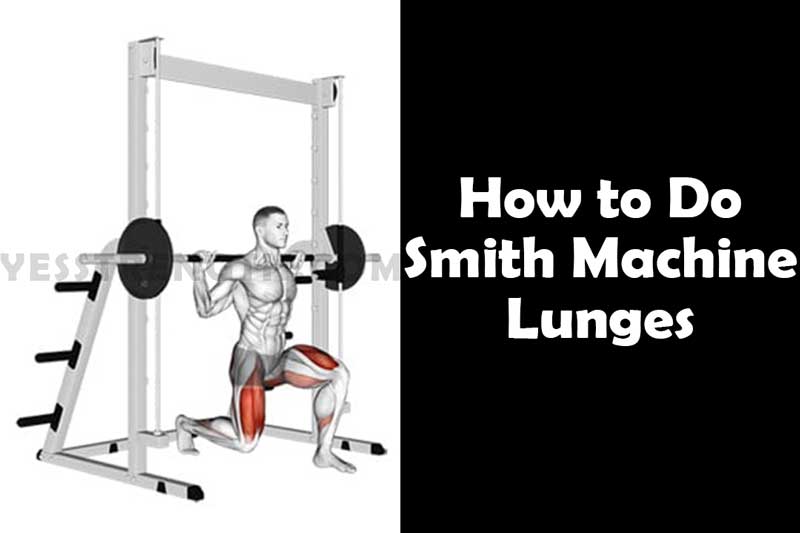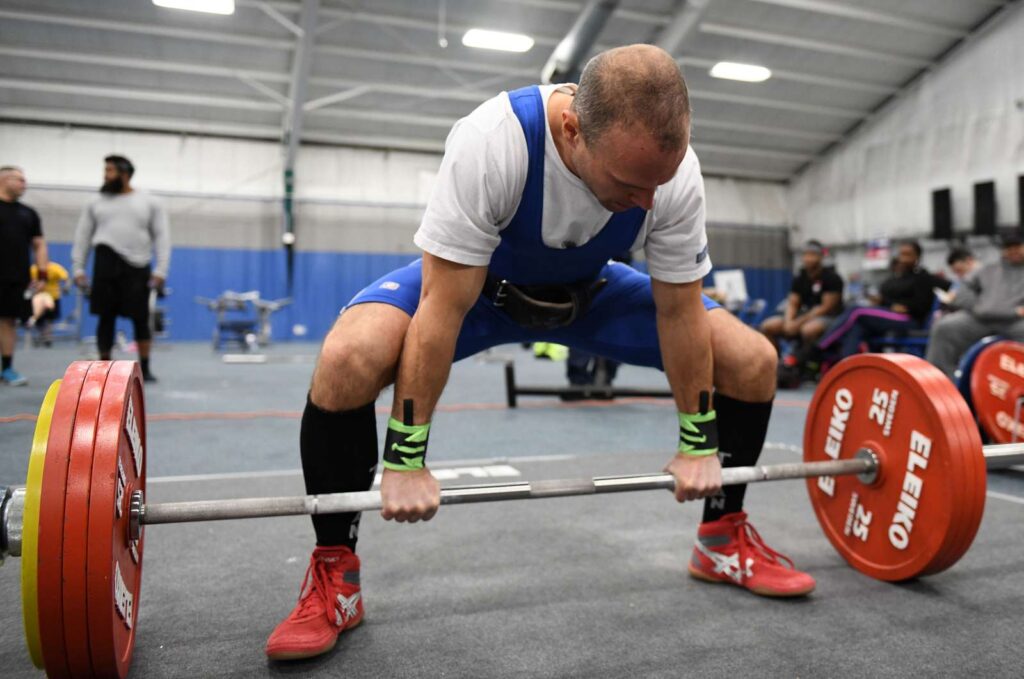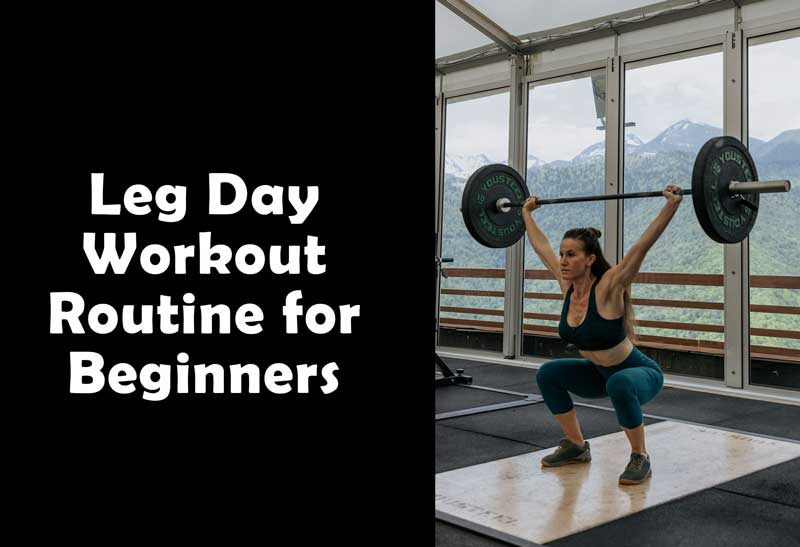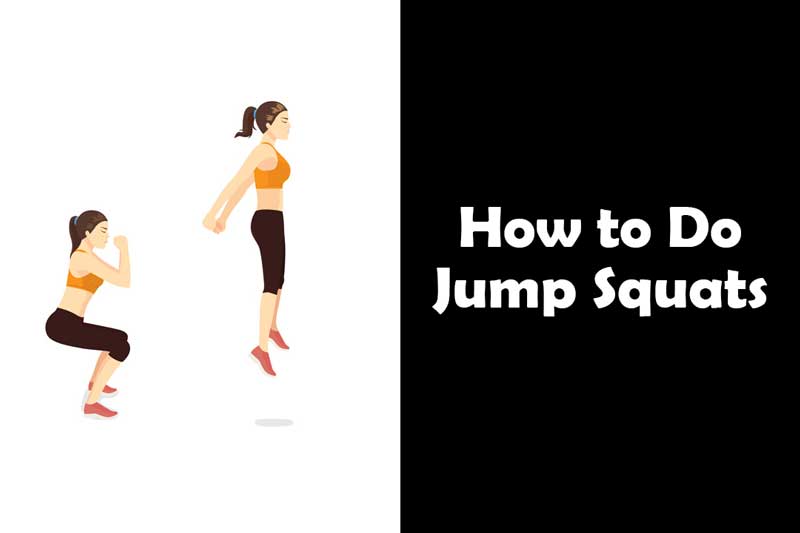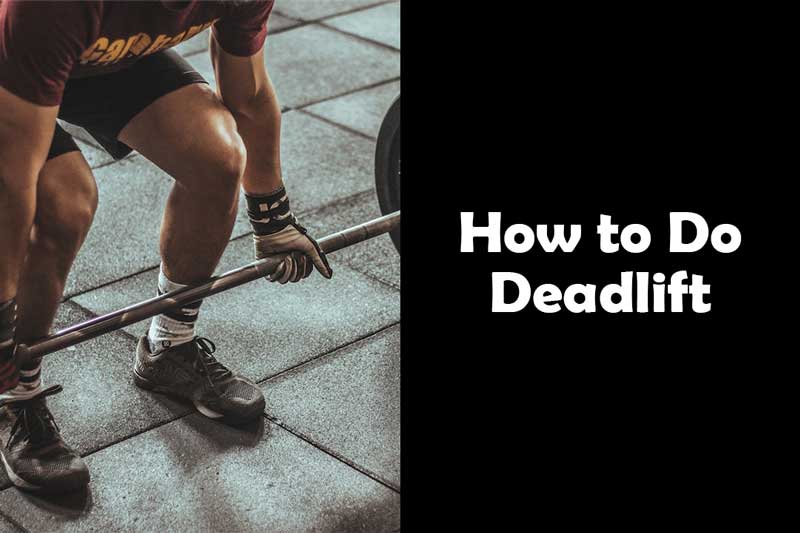If you’re tired of regular lunges and want a variation of lunges that are more effective and challenging, smith machine lunges are an excellent exercise choice.
And when it comes to performing lunges, the Smith machine can be a valuable tool to enhance your workout routine.
In this article, we will guide you through the proper technique and form for performing Smith machine lunges, helping you maximize the benefits of this exercise.
Introduction to Smith Machine Lunges
Smith machine lunges are a variation of the traditional lunge exercise performed using a Smith machine.
The Smith machine consists of a barbell fixed within vertical rails, allowing for controlled movement.
While performing the regular lunge without any weights and only body is also a great exercise, smith machine lunge provides more challenge as you can increase the weights as much as you want. This stability can be beneficial, especially for beginners or individuals recovering from injuries.
Benefits of Smith Machine Lunges
1) Muscle Development
Smith machine lunges are a highly effective exercise for targeting the muscles of the lower body. By engaging the quadriceps, hamstrings, and glutes, these lunges promote muscle growth, strength, and toning in the legs and buttocks. The controlled movement provided by the Smith machine allows you to focus on proper form and maximize muscle activation.
2) Improved Lower Body Strength
This variation of lunge is a compound exercise that engages multiple muscle groups simultaneously. This results in improved overall lower body strength, allowing you to perform daily activities with greater ease and efficiency. Stronger legs and glutes also contribute to enhanced athletic performance in sports that require running, jumping, or explosive movements.
3) Enhanced Balance and Stability
The Smith machine provides stability and controlled movement, making it an excellent option for individuals who may struggle with balance or have limited stability. Performing lunges on the Smith machine can help you develop better balance and stability by allowing you to focus on proper form and reducing the risk of falls or injuries.
4) Reduced Joint Strain
The guided movement pattern of the Smith machine can be beneficial for individuals with joint issues or those recovering from injuries. By providing stability and support, the Smith machine helps minimize stress on the knees, hips, and ankles during the lunge motion. This reduced joint strain allows individuals to perform lunges with less discomfort and a lower risk of aggravating existing joint conditions.
5) Progressive Overload
The Smith machine allows for easy progression by adjusting the weight on the barbell. This progressive overload stimulates muscle growth and strength gains over time. As you become stronger, you can gradually increase the weight to continue challenging your muscles and promoting further development.
6) Time Efficiency
Incorporating Smith machine lunges into your workout routine can save time by targeting multiple muscle groups with a single exercise. Instead of performing isolated exercises for each leg muscle, lunges engage the quadriceps, hamstrings, glutes, and other stabilizing muscles simultaneously, providing a comprehensive lower body workout in less time.
7) Versatility and Variation
Smith machine lunges offer versatility and variation, allowing you to modify the exercise to target specific muscles or add variety to your routine. You can incorporate reverse lunges, side lunges, or Bulgarian split squats to challenge different angles and muscle groups within the lower body.
8) Safety and Control
The Smith machine’s guided movement provides a safer environment for performing lunges, especially for beginners or those who require additional stability. The fixed vertical rails prevent excessive forward or backward leaning, reducing the risk of injury and allowing you to focus on proper technique and form.
Muscles Worked During Smith Machine Lunges
This variation of lunges is a compound exercise that engages multiple muscle groups in the lower body. Understanding the specific muscles targeted during this exercise can help you better appreciate its effectiveness and benefits. Here are the key muscles worked during Smith machine lunges:
1) Quadriceps
The quadriceps, located in the front of the thigh, are the primary muscles targeted during Smith machine lunges. These muscles play a crucial role in extending the knee and stabilizing the body during the movement.
2) Hamstrings
The hamstrings, located at the back of the thigh, act as antagonists to the quadriceps during lunges. They help control the movement and provide stability, especially during the descending phase of the exercise.
3) Glutes
The gluteal muscles, including the gluteus maximus, medius, and minimus, are engaged during Smith machine lunges to provide stability and power. These muscles contribute to hip extension, helping you maintain an upright posture and push back up from the lunge position.
4) Calves
The calf muscles, specifically the gastrocnemius and soleus, assist in maintaining balance and stability during the exercise. Although they are not the primary muscles worked during lunges, they contribute to overall lower body strength and control.
5) Adductors and Abductors
The adductor muscles, located on the inside of the thigh, and the abductor muscles, located on the outside of the thigh, are involved in stabilizing the hips and legs during Smith machine lunges. They help maintain proper alignment and prevent excessive side-to-side movement.
6) Core
The muscles of the core, including the abdominals, obliques, and erector spinae, play a supportive role in Smith machine lunges. They help stabilize the torso and maintain proper posture throughout the exercise, enhancing overall strength and balance.
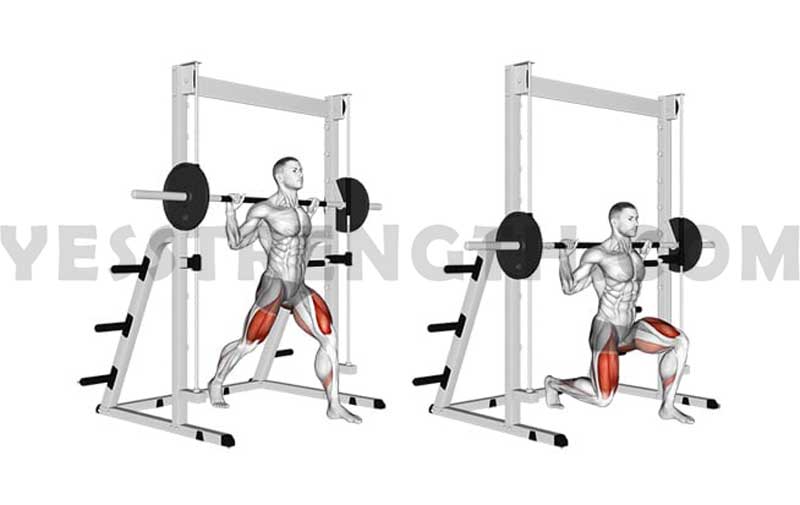
Setting Up the Smith Machine
Before performing Smith machine lunges, it’s essential to set up the equipment correctly:
- Adjust the Barbell Height: Position the barbell at a height that allows you to comfortably step under it without straining.
- Add Weights: Load the barbell with an appropriate amount of weight, considering your fitness level and goals.
- Position Your Feet: Stand inside the Smith machine with your feet shoulder-width apart, ensuring your feet are aligned with the barbell.
Proper Form and Technique
Follow these steps to execute Smith machine lunges with proper form:
- Step Forward: Step your right foot forward, placing it slightly in front of your body.
- Descend: Lower your body by bending both knees simultaneously until your front knee forms a 90-degree angle. Keep your back straight and your core engaged.
- Push Back: Push through your front heel to return to the starting position.
- Alternate Legs: Repeat the lunge with your left leg, stepping forward and descending into the lunge position.
- Perform Sets: Aim for 2-3 sets of 10-12 repetitions on each leg, resting for 30-60 seconds between sets.
You might also like this leg workout:
Variations of Smith Machine Lunges
Here are a few variations of Smith machine lunges you can incorporate into your routine:
a. Reverse Lunges
Instead of stepping forward, step backward, allowing your rear leg to perform the lunge motion. This variation places more emphasis on the glutes and hamstrings.
b. Side Lunges
Step to the side instead of forward, focusing on the inner and outer thighs. Keep one leg straight while bending the other knee, ensuring proper alignment and balance.
c. Bulgarian Split Squats
Place your rear foot on an elevated platform or bench behind you while performing the lunges. This variation increases the demand on your glutes and quadriceps.
Common Mistakes to Avoid
To make the most of your Smith machine lunge, be aware of these common mistakes and avoid them:
- Allowing the knees to extend beyond the toes: Keep your front knee in line with your ankle to prevent excessive stress on the knee joint.
- Leaning too far forward: Maintain an upright posture throughout the exercise to engage the targeted muscles effectively.
- Not using a full range of motion: Descend until your front knee forms a 90-degree angle to engage the muscles fully.
Tips for an Effective Workout
Consider these tips to optimize your Smith machine lunge workout:
- Warm up: Prioritize a dynamic warm-up to prepare your muscles for the exercise.
- Gradually increase weight: Start with lighter weights and gradually add resistance as your strength improves.
- Engage your core: Maintain a stable and engaged core throughout the movement to enhance stability.
- Breathe properly: Inhale during the descent and exhale as you push back up to maintain proper breathing rhythm.
- Incorporate stretching: Stretch your quadriceps, hamstrings, and glutes after your workout to promote flexibility and reduce muscle soreness.
Incorporating Smith Machine Lunges into Your Routine
To incorporate this amazing leg exercise into your workout routine, consider the following approach:
- Frequency: Perform Smith machine lunge 2-3 times per week, allowing for adequate rest between sessions.
- Sets and Repetitions: Aim for 2-3 sets of 10-12 repetitions on each leg, adjusting the weight as needed.
- Progressive Overload: Gradually increase the weight or the difficulty of the variations to challenge your muscles and continue making progress.
Precautions and Safety Measures
While Smith machine lunge can be a beneficial exercise, it’s crucial to take the following precautions:
- Consult a professional: If you’re new to exercising or have any underlying medical conditions, seek guidance from a fitness professional or healthcare provider.
- Start with light weights: Begin with lighter weights to master the proper form before progressing to heavier loads.
- Listen to your body: If you experience pain or discomfort during the exercise, stop immediately and consult a professional.
Conclusion
Smith machine lunges are an effective exercise for strengthening and toning the lower body. By following the proper form and incorporating variations, you can target specific muscles and enhance your overall fitness.
Remember to start with lighter weights, gradually increase resistance, and listen to your body to ensure a safe and effective workout.
Frequently Asked Questions
1) Can beginners perform Smith machine lunges?
Yes, Smith machine lunges are suitable for beginners. The machine provides stability and control, making it an excellent option for those new to lunges. All you need it to get control and get habituated to it for better form.
2) Can Smith machine lunges help with weight loss?
Smith machine lunges can contribute to weight loss by engaging multiple muscle groups and increasing overall calorie expenditure. It is an strength exercise but if you combine it with caloric deficit, you can lose weight.
3) Are Smith machine lunges better than free-weight lunges?
Both variations have their benefits. Smith machine lunge offer stability and control, while free-weight lunge engage more stabilizing muscles. Smith machine lunge also offers more challenge as you can increase weight.
4) How often should I do Smith machine lunges?
Aim for 1-2 sessions of Smith machine lunges per week, allowing for rest days in between. Do 2-3 sets of 15 reps each leg.
5) Can Smith machine lunges help improve sports performance?
Yes, Smith machine lunges can enhance lower body strength and stability, which can benefit various sports activities.
6) Can Smith machine lunge replace traditional barbell lunge?
While Smith machine lunge can be a valuable addition to your workout routine, they shouldn’t completely replace traditional barbell lunge. Incorporating both variations can provide a well-rounded lower body workout.
7) Can Smith machine lunges cause knee pain?
When performed with proper form and technique, Smith machine lunge shouldn’t cause knee pain. However, if you experience discomfort, it’s essential to assess your form, reduce the weight, or consult a professional for guidance.
8) Can Smith machine lunges help with improving balance?
Yes, Smith machine lunge can help improve balance, especially for beginners. The guided motion of the Smith machine can assist in developing better balance and stability during the lunge movement.
Say Yes to Strength!

